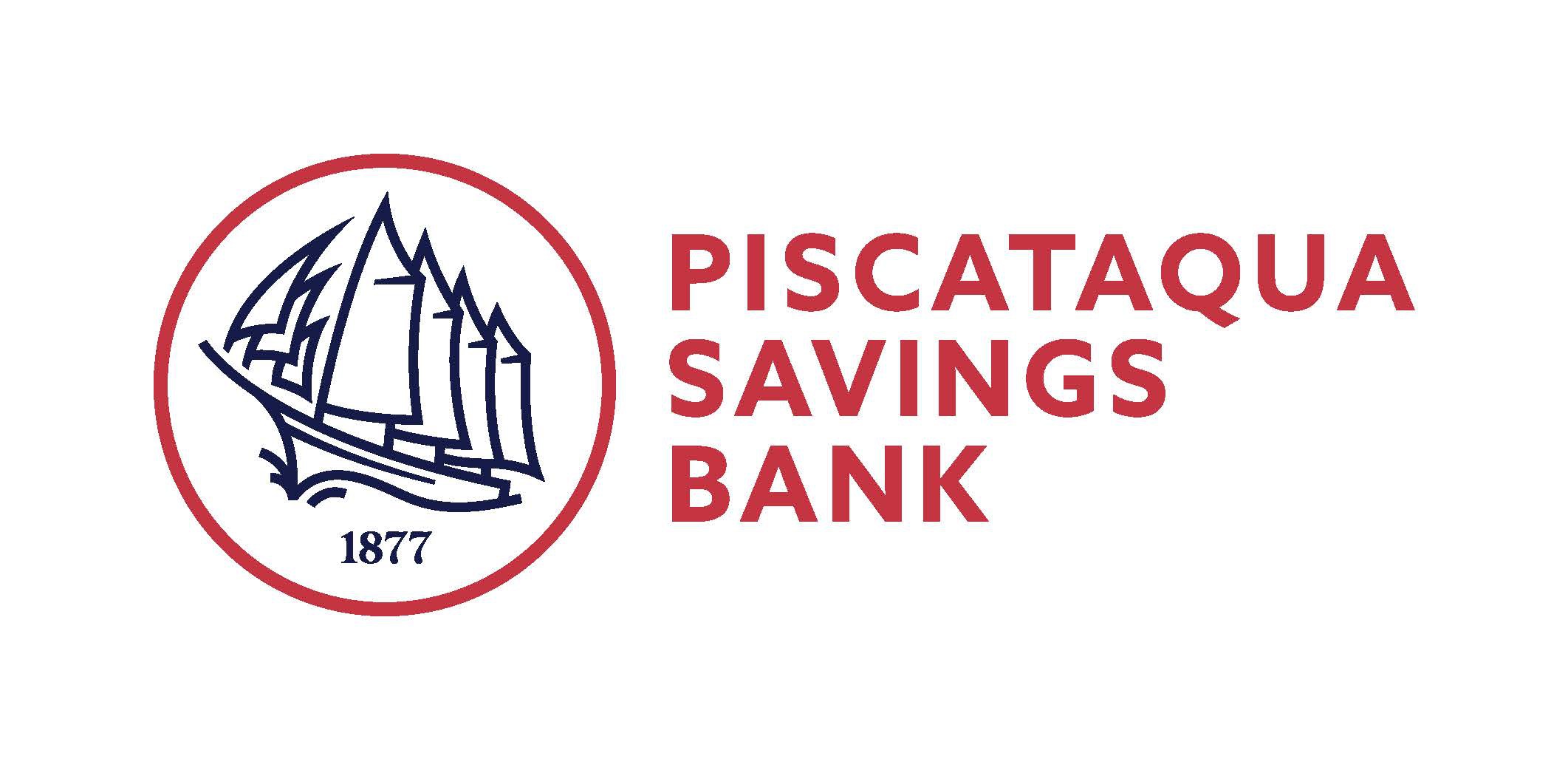2018-2019 Get Cozy Chamber Series
Baroque and Contemporary Chamber Music for Soprano, Trumpet and Piano featuring Clara Reitz, soprano, Adam Gallant, trumpet, and Hsiang Tu, piano.
- Suite in D George Frideric Handel
- Overture
- Overture
- Aria
- Bourée – March
- Ne men coll’ombre from Serse G.F. Handel
- Care Selve from Atalanta G.F. Handel
- Eternal Source of Light Divine from Ode for the Birthday of Queen Anne G.F. Handel
- Let the Bright Seraphim from Samson G.F. Handel
Intermission - Fantasie on a Theme of Haydn Marcel Grandjany
- Intro
- Theme
- First Variation
Shaylen Joos, harp
- Caprice Eugene Bozza
- Poémes pour mi Marcel Grandjany
- Paysage
- La Maison
- Le Collier
- Prière exaucée
Clara Reitz, soprano
Soprano Clara Reitz is a native of Northfield, Minnesota with a love for early music. She received her BM in vocal performance from Concordia College and her MM in Voice from New England Conservatory. Clara sings weekly with the all-professional choir at the Church of the Advent in Historic Beacon Hill as well as with Canto Armonico, a Boston based early music group.Recent opera roles and studied roles include Vera (Lee Hoiby’s A Month in the Country ), Adina ( L’elisir d’amore ), Susanna ( Le Nozze di Figaro) and Bubikopf ( Der Kaiser von Atlantis ). She most recently performed the role of Amor in the NEC Opera theater production of L’incoronazione di Poppea. While a member of the Concordia Choir, she was a featured soloist on national and international tours, as well as a soloist with the Incheon Choral in Seoul, South Korea.
Adam Gallant, trumpet
Adam earned a Bachelor of Music degree in music education and a Master of Arts degree in music studies from the University of New Hampshire. He performs regularly with the Portsmouth Symphony, Maine State Ballet, UNH Theatre and Dance, New England Brass, UNH faculty brass quintet, and the UNH faculty trumpet trio. Adam is currently the Equipment Manager, Music Librarian, and Assistant Outreach Coordinator for the University of New Hampshire Music Department. He was formerly the brass instructor at Stratham Cooperative Middle School and North Hampton Elementary School.
Shaylen Joos, harp
Shaylen, age 14, is a homeschooled freshman from Somersworth. She began her harp studies just four years ago and has flourished under her teacher, Erica Driscoll. Shaylen has competed and placed in local competitions and has also been honored to play with the Nashua Chamber Orchestra. Last year she was awarded the Kathrin Fouse Award, a scholarship to attend a summer harp camp, where she also received the Director’s Award. She plays frequently for services at her church and also participates in the teen & adult choirs. When Shaylen isn’t practicing harp or piano, she enjoys reading, doing mind puzzles, drawing, or spending time outdoors.
Hsiang Tu, piano
A native of Taipei, Taiwan, pianist Hsiang Tu is in his second year as the Lecturer in Music (Piano) and Director of the Piano Extension Program at UNH. Mr. Tu has performed as a soloist at Jordan Hall and Alice Tully Hall, and as a chamber musician at the Museum of Modern Art and the Joyce Theater in NYC. A prize winner at the New Orleans International Piano Competition, the Iowa International Piano Competition, and the American Pederewski Piano Competition in Los Angeles, Mr. Tu has appeared as a soloist with the Calgary Philharmonic Orchestra, Sioux City Symphony Orchestra, Louisiana Philharmonic Orchestra, the Juilliard School Orchestra, and the Boston University Symphonic Orchestra. Prior to UNH, he taught three years at Utah Valley University and Snow College in Utah, and earned a M.M. and D.M.A. in Piano Performance from the Juilliard School. His former teachers include Hung-Kuan Chen and Jerome Lowenthal. For more information, please visit his website.
Suite in D, George Frideric Handel (1733) This little suite for trumpet and strings has delighted audiences for centuries, but it is not entirely the work of Handel. Rather, it is a selection of Handel’s music gathered together and arranged for trumpet and accompaniment. As many of these selections come from his “Water Music,” the suite is often titled “Water Piece.” This quizzical arrangement produced a brilliant and festive trumpet solo suite.
Ne men coll’ombre from Serse (Xerxes), by GF Handel (1738) starts out in a magnificent garden with a plane tree and a summerhouse. The Persian king Serse (Xerxes) pays affectionate tribute to the tree. As he admires it his brother Arsamene, accompanied by his servant Elviro, comes in search of his beloved Romilda. They stop at the sound of music, and Romilda, from the summerhouse, sings of Serse’s infatuation with the tree. Aroused by the sound of his own name Serse asks Arsamene about the singer: he wants her as part of his harem or, failing that, as his wife. Arsamene is horrified, but is determined that Serse shall not have her.
Arsamene warns Romilda of Serse’s intentions, thereby giving hope to Romilda’s sister Atalanta, who is secretly in love with Arsamene. Though Romilda reassures Arsamene that she will be true to him, he remains anxious, and when Serse comes to tell Romilda that he wants her as his queen Arsamene steps forward to intervene, and is banished from the court. Serse tries, unsuccessfully, to convince Romilda of his love; in the aria “Ne men coll’ombre” she sings of her determination not to betray her love for Arsamene.
Romilda: Not even with a shade of unfaithfulness would I betray my soul. And if my beloved causes his own harm, let him blame love, not jealousy.Atalanta (1736), by GF Handel (see mention of her above!) has her very own opera – written for the wedding of the Prince of Whales, Atalanta was also more light-hearted and celebratory work than many of his other opera seria, along the same lines as his very popular piece Il Pastor Fido which he had recently revived. The celebrations for the royal marriage at the end of the piece with an onstage fireworks display created a sensation, and the aria Care Selve is often performed on its own in recital. Beloved woods, blessed shadows, I come in search of my love!
Bach Cantata BWV 208 (the “Hunt” or “Birthday” Cantata, 1713), was a secular cantata written for the birthday of Duke Christian, explaining why the text mentions a good shepherd (or Duke!) whose watchful and careful eye keeps the sheep safe while they graze peacefully. It has become one of the most cherished works of the great master.
Schafe können sicher weiden,
Sheep can safely graze
Wo ein guter Hirte wacht.
where a good shepherd watches over them.
Wo Regenten wohl regieren,
Where rulers are ruling well,
Kann man Ruh und Friede spüren
we may feel peace and rest
Und was Länder glücklich macht.
and what makes countries happy.
Ode for the Birthday of Queen Anne ‘Eternal source of light divine’ (1713), by George Frideric Handel was written in celebration of the Queen’s birthday and had an inspired text praising the Queen’s virtues as peacemaker written by Ambrose Philips. The presence of an obviously virtuosic court trumpeter completed the celebratory effect.
Let the Bright Seraphim (1741-42) immediately succeeded the Messiah in Handel’s compositions. The libretto by Newburgh Hamilton was based upon Milton’s Samson Agonistes. This aria is often sung in concert.
Let the bright seraphim
in burning row,
Their loud, uplifted angel trumpets blow.
Let the cherubic host,
in tuneful choirs,
Touch their immortal harps
with golden wires.
Fantasie on a Theme of Haydn by Marcel Grandjany (1958) is a showpiece for the harp that begins with a quasi-cadenza introduction that contains hints of the theme, followed by a simple statement of the theme. This is followed by an allegretto variation using scales and arpeggios.
Caprice, by Eugene Bozza (1943), written for trumpet and piano, fully exploits the abilities of the trumpet in a the lighthearted, ‘easy’ manner typical of virtuosic music. Bozza was a French composer and outstanding violinist, who became (and remains) one of the most prolific composers of wind chamber music. This essential part of the trumpet repertoire is a delightful listen.
Poémes pour mi, Olivier Messiaen (1937) was dedicated to his first wife, Claire Delbos, who Messiaen referred to affectionately as “Mi”. The piece uses many musical processes those familiar with Messiaen will recognize: rhythmic canons, Greek metric and Hindu rhythm. The poem itself reflected Messiaen’s deep Catholicism, being a surrealist poem based on New Testament passages. Exploring the tension between earthly and spiritual duties, the depicted bride and groom finally reach the gates of the holy city. As fate would have it, by the time the complete Poémes were performed in their orchestral version, in 1949, Delbos was suffering from debilitating mental disorder. She passed away ten years later, leaving behind a son, Pascal. (*from Rebecca Schmid’s notes from 04 December 2014).





